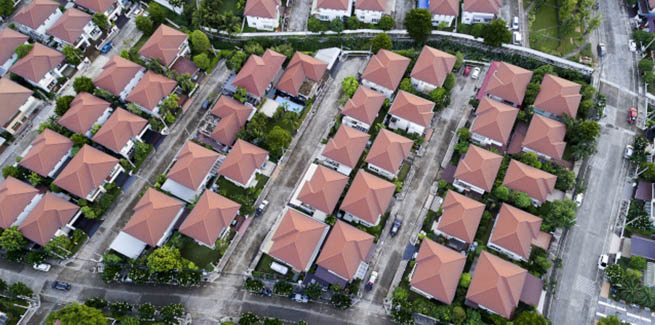The Morrison government’s surprise victory came at an interesting time for Australian property prices. Housing was a major theme in this year’s federal election, where Labor argued until the bitter end that negative gearing and capital gains tax arrangements needed reform.
If elected, the Shorten government would have limited negative gearing to new housing from 1 January 2020 and halved the capital gains tax discount on all assets purchased after that date.
The Coalition victory was a major plus for Australian house prices, but it’s not the only reason to expert a recovery. Here are a few more:
1. Aussies can borrow more.
It’s not too often the prudential regulator announces a move that will make it easier for Australians to borrow money. But on 21 May, just three days after the election, the Australian Prudential Regulation Authority (APRA) did just that by announcing plans to revise its mortgage lending guidance.
Currently, APRA requires banks to assess mortgage serviceability using either an interest rate floor of at least 7 per cent or a 2 per cent buffer above the loan’s interest rate.
Going forward, banks will be able to set their own minimum interest rate floor.
This means borrowers will be able to obtain a larger loan than they could have previously, potentially opening the floodgates to a resurgence in home lending and, in turn, demand for residential property.
2. The RBA is set to cut rates. Twice.
The majority of Australian economists believe the official cash rate will be cut by 50 basis points to 1 per cent by the end of 2019.
The minutes from the Reserve Bank’s monetary policy meeting this month also signaled that a rate cut would be on the cards if inflation remained stable but unemployment trended up. The latest ABS data shows the jobless rate climbed to 5.2 per cent, putting added pressure on the Reserve Bank of Australia (RBA) to cut rates next month.
I have long maintained that a rate cut on its own won’t turn the housing market around. But coupled with APRA’s move and Morrison’s victory, the Reserve Bank’s actions now carry greater weight.
3. FHBs get a leg up.
It may seem like old news now, but the weekend before the election, the Prime Minister announced a new housing affordability initiative for first home buyers (FHBs).
Announced on Sunday, 12 May, the First Home Loan Deposit Scheme, which will partner with private lenders and prioritise smaller lenders in a bid to “boost competition”, will be available to first home buyers who have been able to save a deposit of at least 5 per cent.
The Morrison government is seeking to make the First Home Loan Deposit Scheme available to FHBs earning up to $125,000 annually or $200,000 for couples.
The initiative will offer up to $500 million in the form of equity through the National Housing Finance and Investment Corporation to focus on improving housing affordability.
When the Reserve Bank decided to leave rates on hold this month, I penned my thoughts about monetary policy in relation to the housing market.
A lot has changed since then. But I still stand by my analysis – that it is APRA’s actions, not the RBA’s, that will trigger a recovery in the housing market. A Coalition victory at the federal election certainly helped as well.
Now that negative gearing is here to stay, banks can set their own interest rate buffers and two rate cuts have been predicted from the RBA, the housing market is primed for an earlier than expected recovery.
[Related: APRA changes to limit pull of ‘riskier’ non-banks]
 ;
;